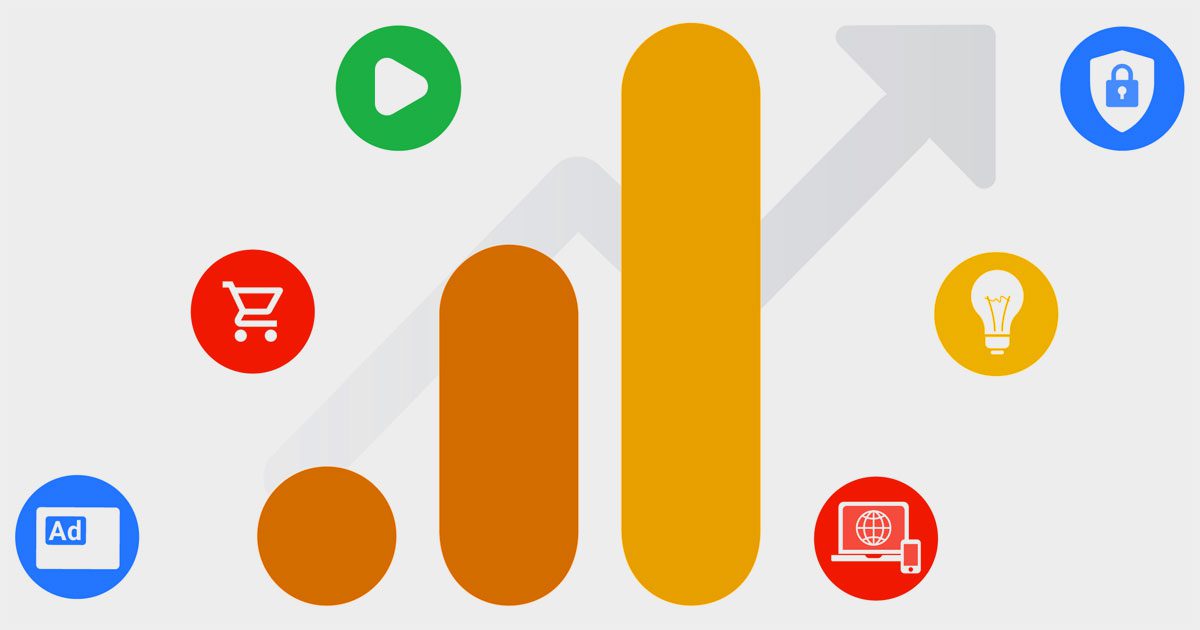If we helped you configure Google Analytics on your website during the past 15 years, you might be surprised to learn that the company is changing from version 3 to version 4, known as GA4, as of July 1, 2023.
Version changes are usually mild affairs but this one is significant and you do need to be paying attention. At the same time, I don't want you to stress or panic over the transition.
So here's my thinking about how to react when you get the email from Google announcing "we’ll soon configure Google Analytics 4 for you".
How actively are you using Google Analytics?
The first question to ask is how actively you're using Google Analytics data at the moment.
If you are like most small to medium enterprises, you're wishing I hadn't asked that because you're sheepishly looking away and thinking, drat, I had every intention of looking at analytics data but where the heck did that time go!
If you're not really using data, this is probably a good time to think about how effective your website has been for you and whether you'd like some insights into what it is or is not doing well.
In this case, you are probably okay for leaving things as they are and letting Google do a GA3 to GA4 transition for you.
But let me be clear, this is not my general advice for everybody because the two versions of analytics are very different and despite Google's best intentions, you are going to be left with a Frankenstein body of analytics data with bits sewn together in a rather ugly and possibly scary way.
However, it's better than nothing so you can continue on and just flag that one day you'll up the ante and take analytics a little more seriously.
If you are currently referring to Google Analytics data on a regular basis, it's probably time for a chat to see if we can restructure the new configuration of information and put some reliable reporting into place.
But please note that unlike the "old days", getting GA4 into place is actually a big job if done properly because Google has really made some wholesale changes.
And if you have an ecommerce site and want to maintain good visibility on activity, this will take some time and testing to get into place.
What has to happen to configure Google Analytics?
In the new approach to Google Analytics, there are some steps we must follow to get some nice, simple-to-read, useable reports for you.
These include:
- Determining what questions need answering with Google Analytics data to help you make business decisions
- Setting up a GA4 account (or modifying an existing one)
- Configuring Google Tag Manager to send data to your GA4 account properly, following Google's stricter protocols
- Configuring GA4 elements to process the data from Google Tag Manager correctly
- Creating and/or configuring your Google Data Studio account to produce reports showing only what you need to know in a clear and uncluttered way
These steps take time to set up but once it's done, the result will be a clear set of reports to help you make decisions in the future.
What can Google Analytics tell me?
Finally, some of the things our clients typically want to know include how many important actions have been taken (email links clicked, forms submitted, videos watched, documents downloaded, purchases made), how people became aware of our online content (newsletters, social media, blogs, advertising), and what content on the site contributed the most to getting visitors "over the line" and into our world.
We can discuss these points with you to help you get clarity and then quote on what's involved in getting this into place.
If you drive a car, ride a bike, captain a houseboat, fly a plane, or even just walk places, it makes a great difference if you can see where you're going so you can avoid obstacles and steer into safer channels.
With useful Google Analytics reports available, you can run your digital marketing efforts with better visibility, learning quickly about dead ends worth avoiding, while getting a sense of the better destinations to head for.
It's a messy, easily-overwhelming, but eminently useful journey to go on so we encourage you to talk to your preferred analytics person today.
PS An indulgence. Many years ago, Johnny Cash wrote a song about working at a car factory and stealing bits to make his own car at home. It took him a few decades, so when he finally went to build it, he had parts from multiple models. That is what the Frankenstein analytics might be like but it also gives me an excuse to embed this song. Sorry. Not sorry.

